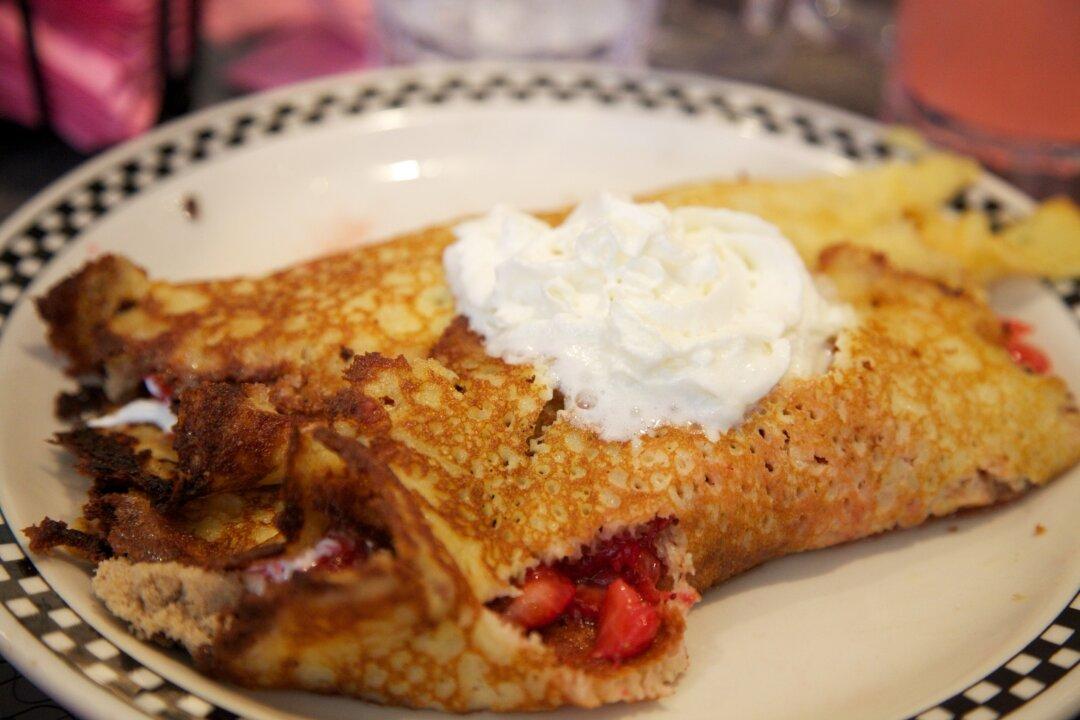Can an empire be built on a pancake? So it would seem.
In 1980, Pam Cohen and Gail Klingensmith had the opportunity to buy a hamburger/hot dog joint—the business, not the building—that had been in Ms. Cohen’s family. They reopened it as the first Pamela’s Diner location in the Squirrel Hill neighborhood of Pittsburgh.





